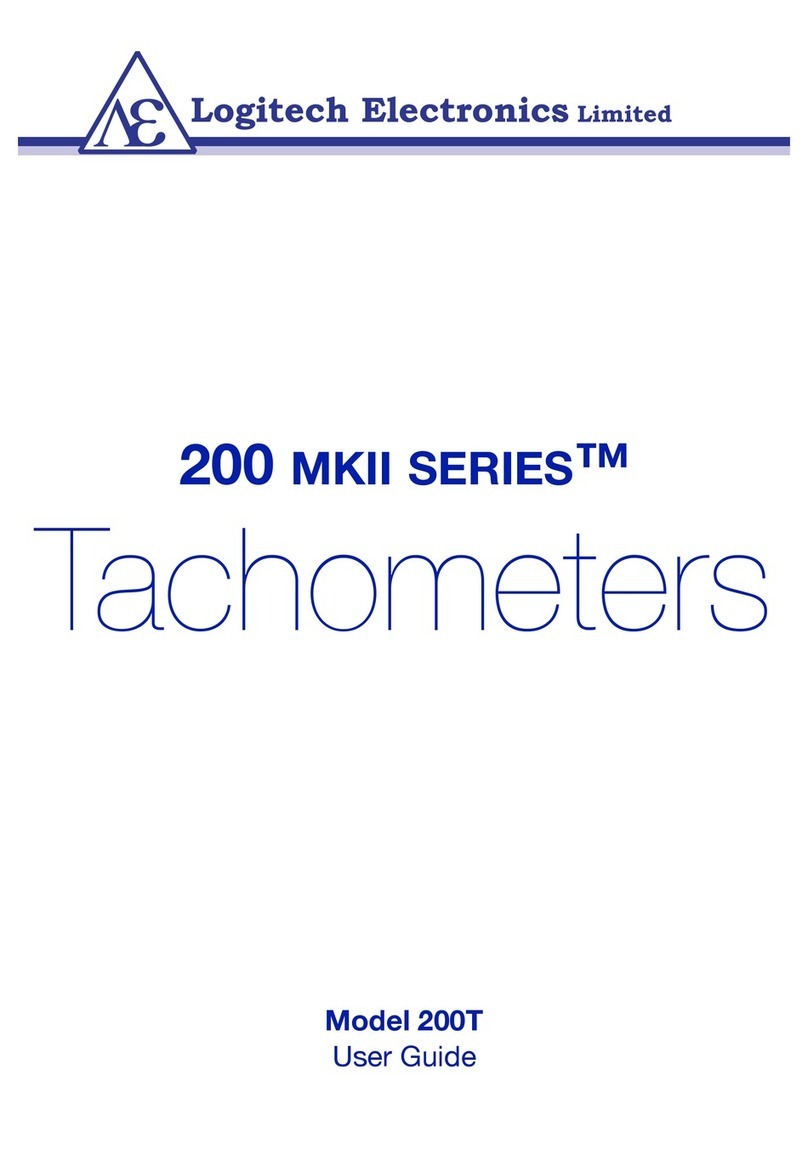To enter the scaling factor, simply press Switch B to alter the value for the decade that is blinking
until the correct figure is displayed. To move to the next highest decade in turn just press Switch A to
move from right to left.
If it is necessary to enter a decimal point in the scaling factor you must use Switch A to step to the
most significant decade (even if the value for the higher decades is to remain at zero) and then press
Switch A once again to move on to the decimal point setting function.
At this point the decimal point will start to blink to show that you have reached this stage of the
scaling procedure. The decimal point should then be positioned as required by use of Switch B. At
this stage, each press of Switch B will move the decimal point one decade to the left.
If you want the display to show a decimal reading during normal operation (e.g. 15.75) you must
now set the position at which the decimal point must appear in the displayed reading. To do this,
press Switch A once and the display will change to show - - - - As when moving the decimal point in
the scaling factor, each press of Switch B will move the decimal one decade at a time from right to
left. With this example, after pressing the switch twice the display will now show - - . - -
Once the Counter has been programmed, to return to the RUN mode hold Switch A depressed and
momentarily press Switch B twice, then release Switch A. The instrument is now ready for
operation and the display will show 0until enough pulses are received that equate to the minimum
displayed value.
Note that leading zeroes are suppressed, so with the above example where a decimal reading to two
places is required, the display will start at 0.00
On an Instrument that has been previously scaled
Program factors are stored in non-volatile memory. Therefore if a Counter has been supplied with
factory programmed settings as requested, or once the user has programmed the settings and
returned the instrument to the RUN mode, on power-up the display will show zero. In this case, to
access the SET mode press and hold down both Switch A and Switch B at the same time (see Fig 1
on page 11) until the display changes to show SET, then release the buttons. The display will
change to show the current setting and the units decade will be flashing, you can now programme in
the new scaling factor and decimal point position as in section 1.
































